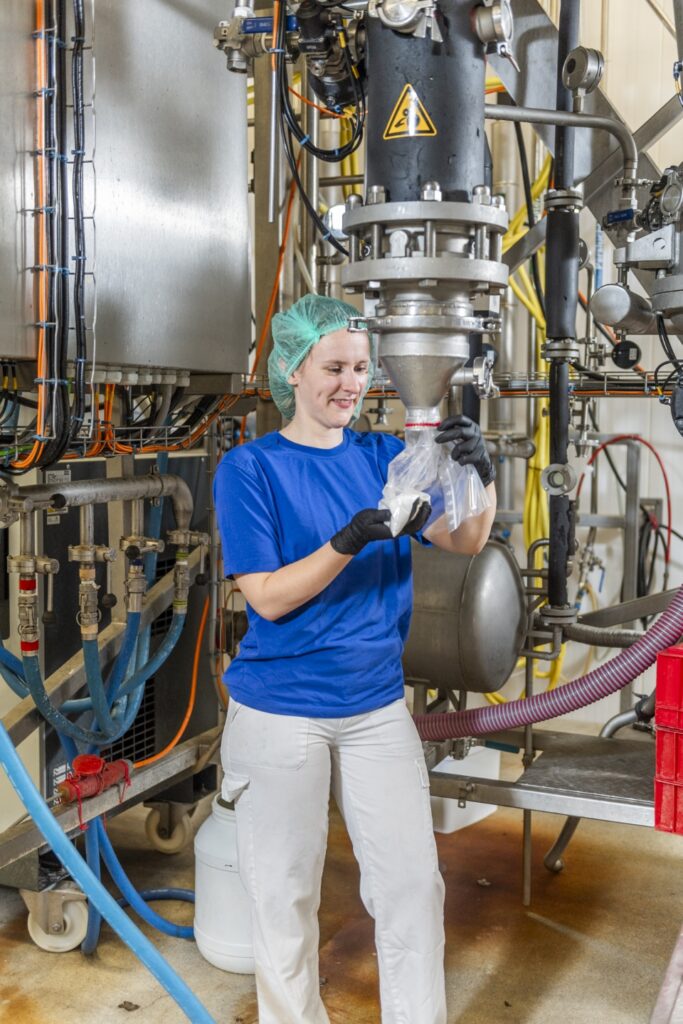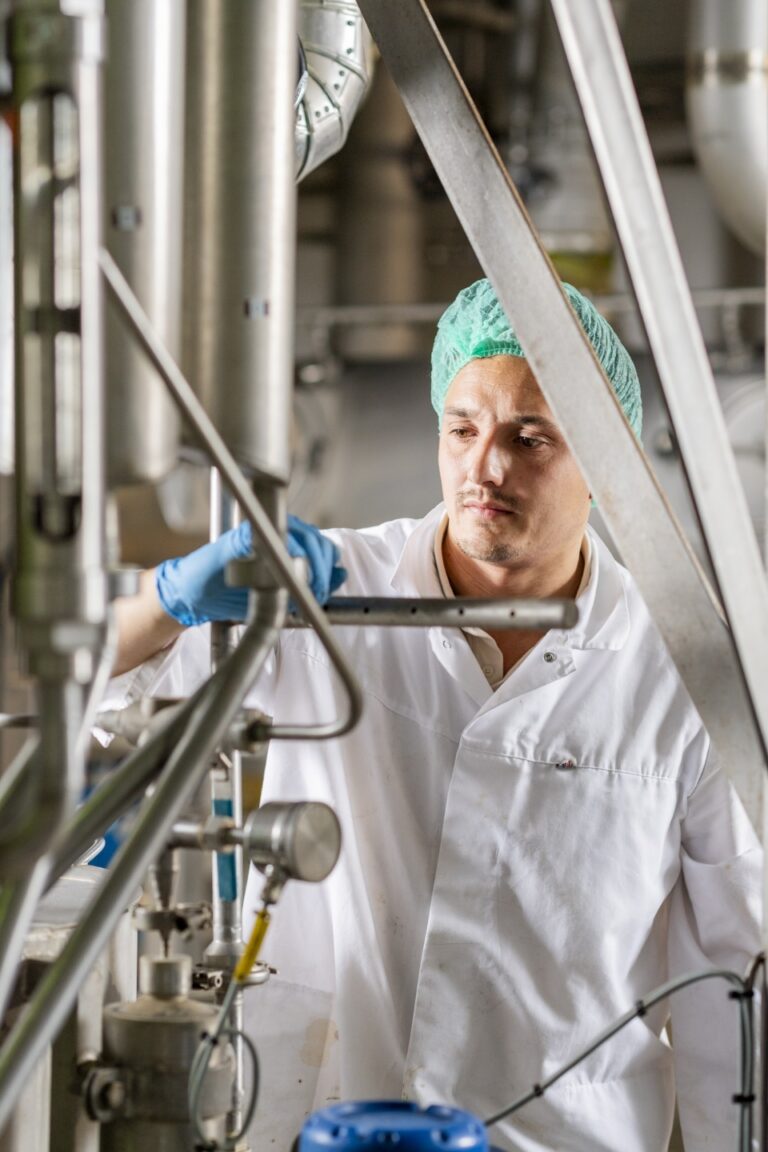Research on Drying Techniques for Protein-Rich Duckweed
Bodec Investigates Innovative Drying Techniques for Protein-Rich Duckweed As part of the two-year research project ‘Sustainable Proteins: One More Duck,’ a consortium of five universities of applied sciences and several companies is working on the cultivation and processing of duckweed as a high-quality protein source. Bodec plays a key role in optimizing drying techniques that preserve the quality of this sustainable raw material.

Duckweed presents a promising protein source with a high yield per hectare and can be sustainably cultivated within existing agricultural systems. However, a major challenge lies in safely and efficiently processing the harvest while maintaining its nutritional value and making the product appealing to the food industry.
Process Optimization at Bodec
As a specialist in process optimization for the food industry, Bodec is researching the application of agitated thin film drying (ATFD) as a drying technique for duckweed. Friso van Assema, process engineer at Bodec, explains how this technique works: “With ATFD, ground duckweed drips along the wall of a hollow tube, where rotating paddles ensure an even, thin spread. This makes the drying process efficient and keeps the temperature low, preserving the proteins.”
Initial tests show promising results: the duckweed dries well and retains its nutritional properties. However, a challenge remains with the end product’s scent, which still has a strong grassy smell. Another consideration is the green color, as the food industry often prefers neutral-colored ingredients that can be easily incorporated into various products. The research project is also investigating methods to neutralize the color.
Collaboration and Innovation
The collaboration with the five universities of applied sciences and other companies within the consortium is progressing successfully. “We share extensive knowledge and experience with researchers and students, and this interaction provides valuable insights,” says Friso. Students play a crucial role in testing and analyzing different drying techniques, including refractance window drying and drum drying. “Their fresh perspective and analytical approach help us find the optimal method for stabilizing and making duckweed applicable.”
Next Steps
The research on the best processing technology is in its final phase. The various drying techniques are being evaluated based on protein quality and other nutritional aspects to determine the most effective processing method. Bodec has gained valuable insights with ATFD and remains open to further collaboration within this project.
“If the consortium approaches us with follow-up questions in the future, we will gladly contribute,” concludes Friso.
More information about the project can be found at: Waterlinzen – Duurzame Eiwitten


